When I attended the American Association for Blacks in Higher Education Conference in 2019, I realized how deep the roots of inequity ran. In my head, I had romanticized the equity fight. I reasoned that at a certain salary with a certain tenure and a certain status yes inequity still exists, but not like that. Not the temple rubbing, teeth gnashing experiences I had as a then associate professor. And my discussions with university presidents, provost, award-winning faculty, researchers and consultants. A very harsh reality emerged. It doesn't matter. Your status doesn’t matter. Your position doesn’t matter. Your tenure doesn’t matter. Inequity is genius in that your phenotype is enough. Your ethnicity is enough. Enough that even tenured Black educators are leaving higher education altogether. Equity means the recognition of and sustained commitment to justice for marginalized groups of people. In the context of higher education, this looks like the recruiting, retention and development of qualified Black faculty. We are losing the equity battle in higher education because the institution fails to retain the Black faculty it does have. White higher ed professionals make up roughly 75 percent of those in higher education. Black higher education professionals make up roughly 8 percent of faculty numbers. That number is nearly static since the year 2000, and this is with more concentrated efforts from the institution to increase representation and retention within the last five years. Dr. Alena Allen was the first Black woman to achieve tenure in her department at the University of Memphis. Dr. Allen decided to turn down tenure in search of a more equitable workplace after learning of a disseminating email from the then university Provost, to other academic leadership. Tenure represents an academic’s life work and is incredibly hard to come by. Dr. Allen’s choice to walk away from tenure reveals just how deep the roots of inequity were. This is the reality for many minority educators in higher education that even when making history at historically and equitable institutions your work is oftentimes trivialized, causing many to leave higher education altogether. The financial crisis in higher education has had an adverse effect on minority retention. One in five liberal arts colleges is in a state of financial distress and the rate of closure has more than doubled from 2009 to 2019. With equity now being centered in higher education, Black faculty are more readily hired and brought in as junior faculty. During times of financial distress, Black faculty, often the least tenured, are the first fired, becoming ghost. Their presence is felt in diversity inclusion statements in equity frameworks that they themselves helped to build to potentially recruit and retain as a minority faculty. But they are no longer physically present, becoming ghost in the machine. In the last few years friends and peers have left higher education. Some have left due to budget cuts. Some have left to tend to their mental health. Others have left to be outside of the fold of the stress of academia, and some have left because they refuse to be silenced in the face of institutional inequity. Which begs the questions: What does my stay say about me? Am I crazy or am I doggedly committed? I believe my choice to stay reveals my dogged commitment. As Black equity-minded faculty become increasingly frustrated and disillusioned from the lack of instituional support regarding equity metrics this also opens up the door for some interesting segues with student diversity goals. An institution reveals its commitment to student diversity through creating a safe place for marginalized and minority groups to feel seen, acknowledged, and included. In the first quarter of the spring semester of 2016, a Black student came to my office. I was surprised as most professors know, students do not come to office hours so early in the semester for any reason. As she peered around my office, she grabbed a Zulu replica drum off the corner of my desk and sat down. Before I could potentially ask her how her day was going or in what ways I could assist her, she began to weep, Not a loud wailing. But a soft weeping. I was confused. As a professor, I see a bit of everything, but typically not that Before I could potentially console her, she looked me in my eyes and said: Thank you, Professor Curtis-Khidr. I was puzzled. She went on to say: in your course, I can be Black. I’ve never felt comfortable being Black in any of my courses before, and I do not like to speak in front of people. As we delve deeper into the conversation, she revealed to me in a prior class, a white professor has scolded her for the way that she spoke and asked her: Was it English? This shows the value of a diverse faculty rank in higher education. It allows the student to see themselves present in the institution and also form allies during times of turmoil. In the wake of Michael Brown’s murder in 2015, we saw a racially charged campus atmosphere navigate around racial issues as Black students had to navigate campus and deal with being called racial slurs. Concerned Student 1950 at Columbia University at Missouri issued in a modern self-reckoning for higher education. Black students have always been vocal about desiring more black faculty and have leveraged relationships with institutional leadership, as well as modern media outlets, to create awareness and have done so since the 1960s. But it’s not enough for the administration to adhere to Black student demands. It must take several steps further to begin to instill equity within the very framework of the institution to help retain the Black faculty it already has. An institution can help stem the loss of Black faculty through helping eliminate the burden that black faculty experience to mentor others and still produce critical academic works while still serving on non-paying committees and leadership initiatives crafted by the college, ironically, centered on equity. We know what can be accomplished when equity is centralized within the institution. We have firm examples of what can be done when equity is instilled in every single layer of the collegiate experience. San Diego University is spending five hundred thousand dollars to study Black disparity in STEM. An additional two hundred thousand dollars to focus on increasing minority retention rates. At St. Louis University, they have a Healing, Justice and Equity Centre on campus. At the University of Missouri, in the wake of student led protests, we’ve seen Black faculty come together and issue a framework for institutional leadership to potentially help retain and increase faculty numbers in minority ranks with some degrees of success. The University of Pennsylvania has a very ambitious program that is fully centered on increasing tenure-track minority candidates. I speak on higher education because that is my experience. But corporate America must also grapple with these same equity issues. The risk is tremendous if we do not begin to win the equity battle. The equity issue in higher education is a marathon and not a sprint. In a marathon minutes matter at a certain time threshold, despite a runner’s best efforts, they cannot close a large enough deficit. We are at that threshold in our higher education. If we embrace the spirit of the marathon great, Haile Gebrselassie, if we are committed to stemming and then ending inequity for Black higher education professionals, we can positively change and increase the positive experience for Black professionals in higher education. (Applause)
Related talks
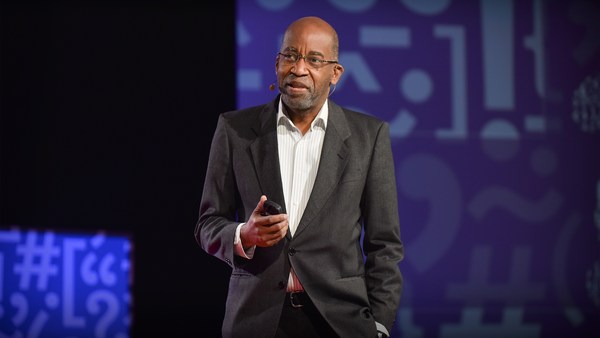
David R. Williams: How racism makes us sick
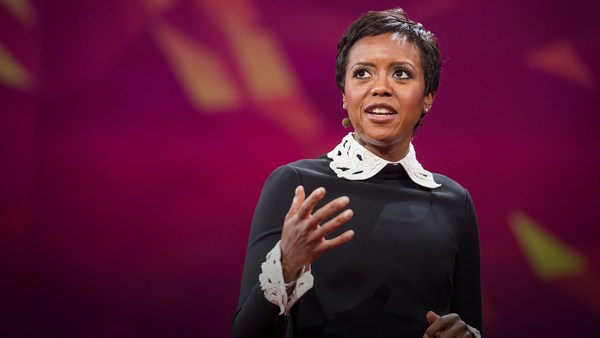
Mellody Hobson: Color blind or color brave?
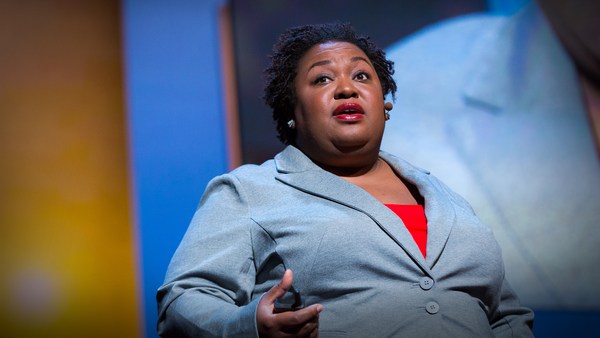
Brittney Cooper: The racial politics of time
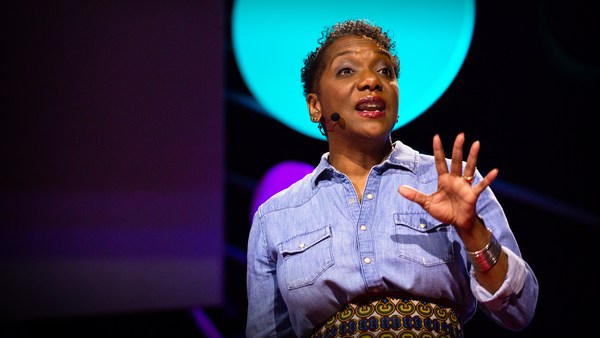
Janet Stovall: How to get serious about diversity and inclusion in the workplace
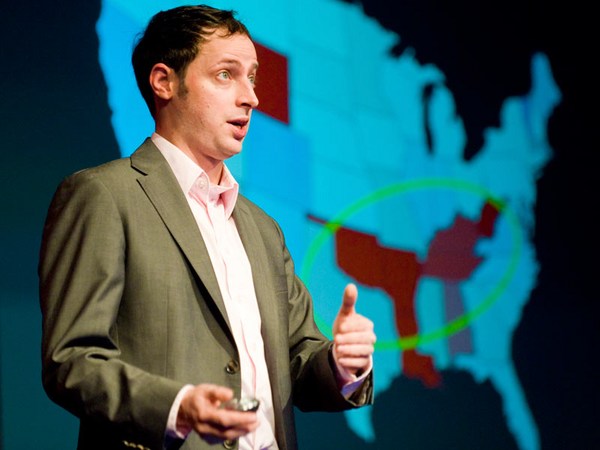
Nate Silver: Does racism affect how you vote?
